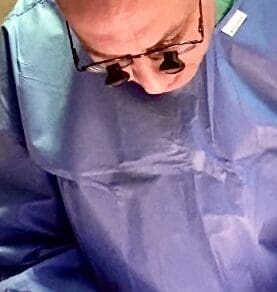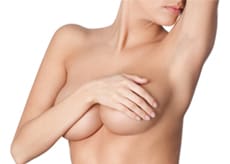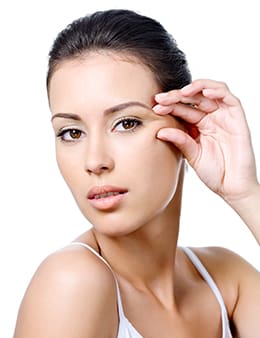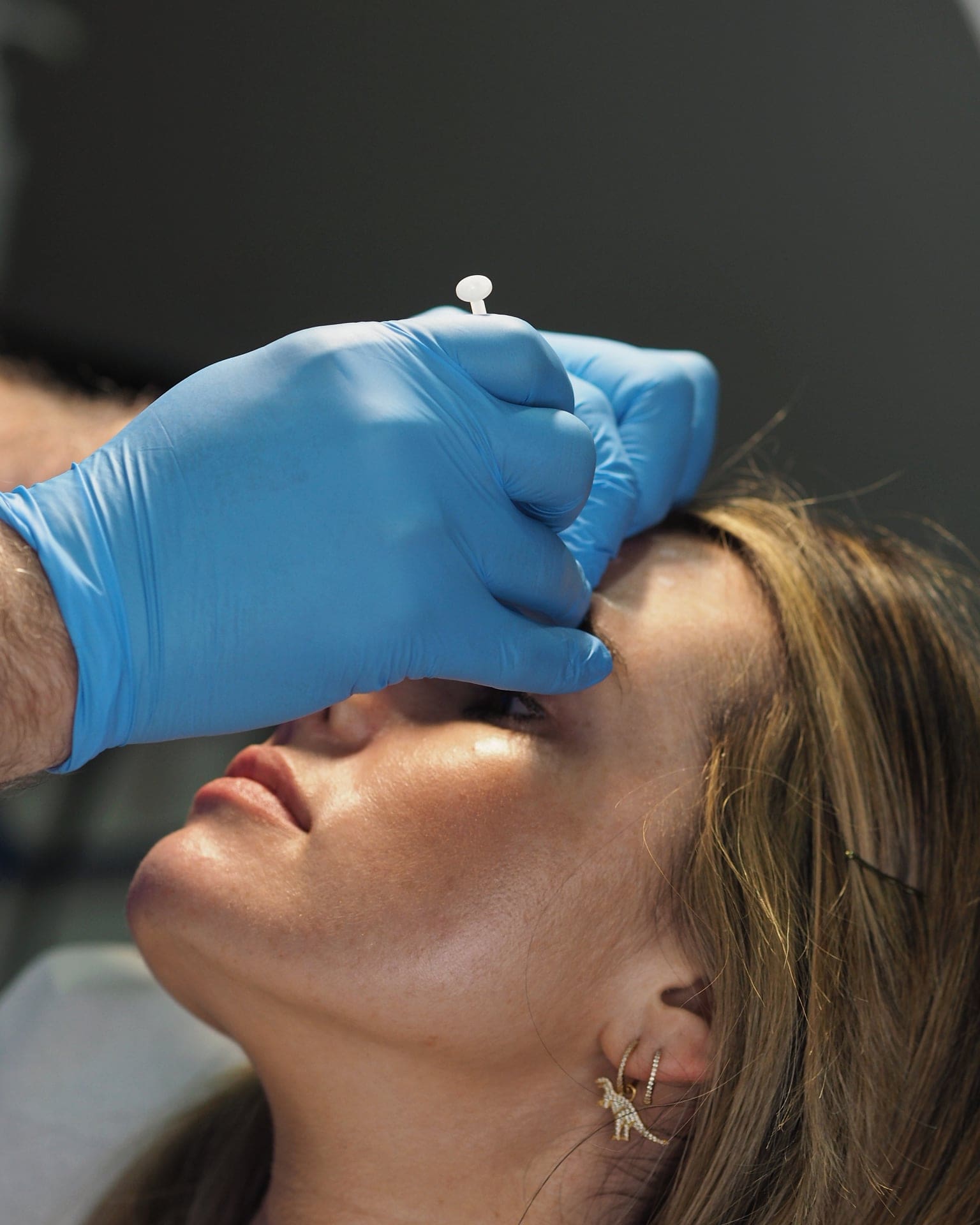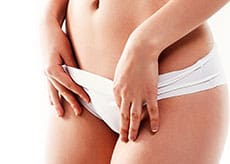News / Media
Dermal Facial Fillers: The Non-Surgical Solution for a Youthful Complexion
What Are Dermal Facial Fillers?
Dermal facial fillers have become an increasingly popular non-surgical treatment option for facial rejuvenation. Over the last decade, the sophistication of dermal filler techniques and the results they can achieve have advanced significantly. Whether you’re seeking to restore volume, smooth out wrinkles, or achieve a more youthful appearance, dermal fillersoffer a safe and effective solution.
This article is the first of three parts in a series about dermal facial fillers. The next post will discuss the various types of facial fillers, their similarities, and differences. The final post will explore techniques, potential risks, and complications associated with dermal filler treatments.
How Dermal Facial Fillers Work
Most dermal facial fillers are made from hyaluronic acid, a substance that occurs naturally in the body and is responsible for maintaining the skin’s moisture, plumpness, and elasticity. As we age, the natural production of hyaluronic acid decreases, resulting in sagging skin, loss of volume, and the formation of wrinkles.
Dermal facial fillers are injected into specific areas of the face to restore volume, lift the skin, and improve the overall texture of the skin. The hyaluronic acid in these fillers helps hydrate the skin, smooth out wrinkles, and enhance facial contours. The results are visible immediately, but the full cosmetic effect can take 3-4 weeks to manifest as the hyaluronic acid integrates with the tissue and stimulates collagen production. Even after the filler has worn off, the rejuvenated appearance may persist due to the collagen stimulation.
Benefits of Dermal Fillers
- Restores Volume and Plumpness: Adds volume to areas where fat has decreased, such as the cheeks, under the eyes, and temples.
- Smooths Wrinkles and Fine Lines: Targets nasolabial folds, crow’s feet, and other signs of aging.
- Improves Skin Hydration: Rehydrates the skin for a smoother, more vibrant complexion.
- Non-Surgical: No surgery or downtime required.
- Immediate Results: See a difference right after your treatment.
- Long-Lasting Effects: Results can last from 6 months to 2 years depending on the type of filler used.
Common Areas Treated with Dermal Fillers
Dermal fillers can be used to address several areas of the face, including:
- Cheeks: Restore volume and lift.
- Under Eyes (Tear Troughs): Reduce the appearance of dark circles and hollows.
- Lips: Add volume, shape, and definition.
- Chin: Define the chin and improve facial symmetry.
- Jawline: Enhance contour and definition.
- Temples: Add volume to hollow areas.
- Forehead and Brows: Lift sagging brows and smooth forehead lines.
- Glabella: Address lines between the eyebrows (often referred to as “frown lines”).
Types of Dermal Fillers: Direct vs. Indirect Techniques
There are two main methods for applying dermal facial fillers:
- Direct Method: Involves injecting the filler directly into the area of concern. This method typically offers limited outcomes at a lower cost.
- Indirect Method: This technique is often used in staged treatments, and it can achieve non-surgical faceliftresults. It generally offers more comprehensive outcomes but comes at a higher cost.
Injection Techniques: Needle vs. Cannula
Dermal fillers can be injected with either a fine needle or a blunt-ended cannula.
- Needle: A precise instrument but carries a higher risk of penetrating blood vessels, leading to potential bruising.
- Cannula: A safer option with a lower risk of bruising or damage to blood vessels, although less precise.
In either case, it is crucial that the person performing the treatment is trained and well-versed in facial anatomy. Plastic surgeons are especially well-positioned to achieve natural-looking results safely.
Complementary Treatments: Dermal Fillers and Wrinkle Relaxing Treatments
Dermal fillers can be combined with other non-surgical treatments, such as wrinkle relaxing injections (e.g., Botox), to achieve a more balanced and youthful appearance. This combination is often used after facial surgery to maintain and prolong results.
What to Expect After Dermal Fillers Treatment
- Redness: Mild redness may develop immediately after the treatment, but it typically fades within hours.
- Swelling: Swelling may occur, but it usually settles within 3 to 7 days.
- Bruising: Occasionally, bruising may occur, for which an Arnica cream can help reduce the effects.
- Improvement Over Time: Although results are visible immediately, the cosmetic effects will continue to improve over the next 3-4 weeks as the filler integrates into the skin and stimulates collagen production.
Pre-Treatment and Post-Treatment Care
- Pre-Treatment: Avoid dental procedures for 1 week before and 2-3 weeks after your dermal filler treatment to reduce the risk of complications.
- Post-Treatment: Avoid exposing the treated areas to intense heat (e.g., saunas, hot showers) for a few days after the procedure. Follow all aftercare instructions to ensure the best results.
Always consult with your treating surgeon about the specific costs, benefits, and potential risks of your dermal filler treatment before proceeding.
Final Thoughts
Dermal facial fillers offer a safe, non-invasive, and effective way to combat the visible signs of aging. Whether you want to restore volume, smooth fine lines, or enhance facial features like your lips or jawline, dermal fillers provide a tailored solution. It’s important to choose a skilled practitioner—such as a plastic surgeon—to ensure the best possible outcome with the highest safety standards

